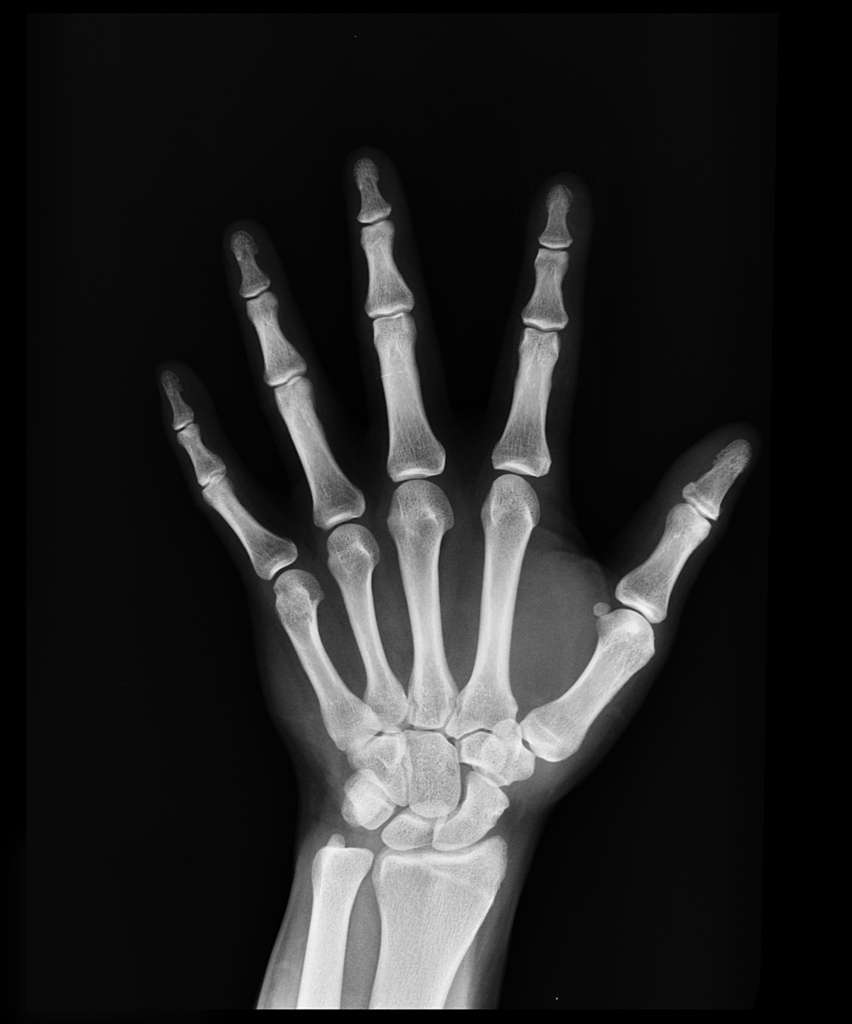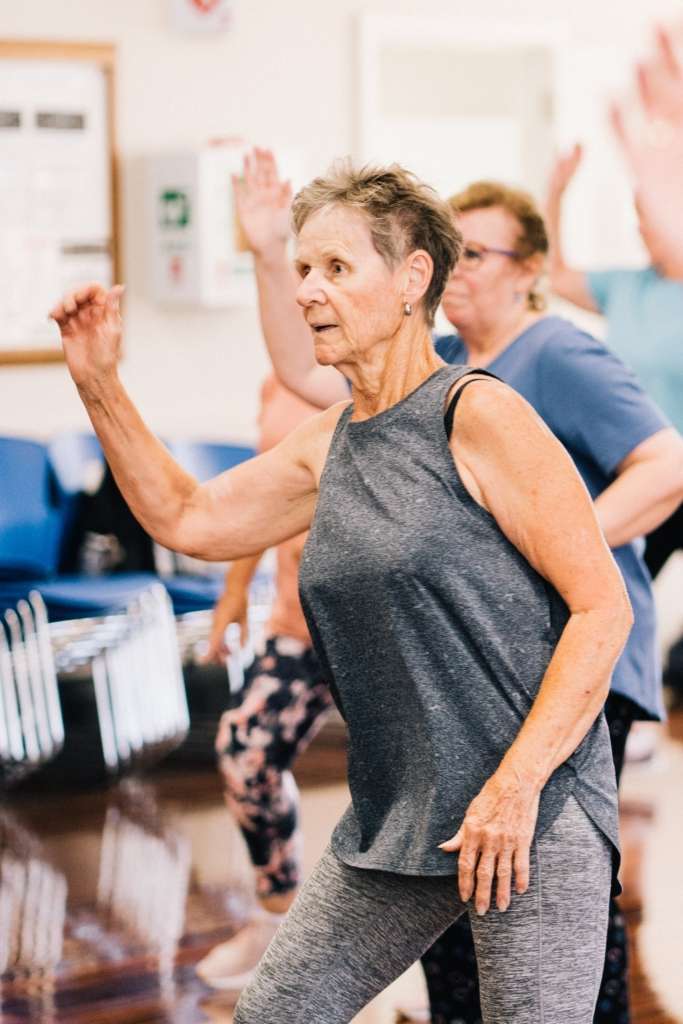
OSTEOPOROSIS
What is Osteoporosis?
Derived from the Greek terms “osteo” (meaning bone) and “poro” (meaning porous), osteoporosis is a disease which occurs when bone becomes weak and brittle as a result of bone density loss. Bone density is an important factor when it comes to bone health and strength, and when this is significantly reduced it places the bone at risk of being fractured with relatively little force. For example, vertebrae affected by osteoporosis lack the capacity to withstand normal strain or forces of everyday tasks such as bending forward or lifting a window. These tasks are known to be a common mechanism of causing a vertebral fracture of osteoporotic bone.
Osteopenia is a condition similar to osteoporosis, where the bone density is significantly reduced, however not to the point where the bone is at risk of being easily fractured. Osteopenia is the precursor to osteoporosis and is therefore as important to treat to stop the disease progression towards osteoporosis.
Causes
Osteoporosis is caused by rapid reabsorption of bone tissue, which is much faster than the rate the bone tissue is being replaced. This causes the bony matrix to become porous and brittle.
Research has now identified multiple risk factors in relation to developing osteoporosis. These include:
- Family history of osteoporosis
- Calcium and Vitamin D deficiencies
- Medical conditions such as coeliac disease, diabetes, low hormone levels, menopause, anorexia/bulimia nervosa, overactive thyroid or parathyroid, rheumatoid arthritis, chronic liver or kidney disease
- Certain medications such as immunosuppressants for breast or prostate cancer, epilepsy, depression or HIV medications or corticosteroids
- Smoking
- Poor diet
- Sedentary Lifestyle
Why do we need to manage it?
Research has indicated that osteoporotic fractures can cause chronic pain, loss of functional independence and at times premature death. Additionally, osteoporotic fractures place a large strain on societies and healthcare systems due to increasing life expectancies and a global ageing population.
Osteoporosis Australia, alongside Deakin University and Melbourne University, published a new burden of disease analysis, investigating the national impact osteoporosis has on Australian individuals, societies, healthcare systems and economy. Below are some of the key findings from the study:
- In 2012, 4.74 million Australians over the age of 50 (i.e. 66% of people over 50 years) have poor bone health.
- Of the 4.74 million Australians with poor bone health, 22% have osteoporosis and 78% have osteopenia
- It was estimated that by 2022, there will be 6.2 million Australians over the ago of 50 with osteoporosis or osteopenia. This is an increase of 31% from 2012.
- Fracture rates are estimated to rise by 30% annually from 2013 figures resulting in 183, 105 fractures per year. This equates to 1 fracture every 2.9 minutes, leading to 501 fractures per day or 3,521 per week.
- Additionally the overall cost of osteoporotic fractures is quite alarming to the individual, community and Government.
- It is predicted that in 2022, the total direct and indirect cost of osteoporosis, osteopenia and associated fractures is $33.6 billion. These costs include ambulance services, hospitalisations, emergency department and outpatient services, rehabilitation, aged care and community services.
In light of these statistics, it is essential that osteoporosis prevention and management strategies are implemented in both a national and global scale.
How is it diagnosed?
Osteoporosis and osteopenia is diagnosed with a bone density scan (different to a bone scan), known by the medical name of a DEXA scan. This scan measures the bone mineral density at different sites within your bone, commonly assessing your hip, spine and forearms. The test itself takes about 10 to 15 minutes while you lie flat on a padded table, fully clothed. The arm of the machine passes over your bone scanning the aforementioned area’s, with the results interpreted and returned to your referring doctor.
Staging of Osteoporosis
A bone density scan will determine the course of treatment necessary to maintain or improve bone health. The result will commonly refer to a ‘T-score’ and will indicate if your bones are:
- Normal = T-score: between +1 and -1
- Low bone density (osteopenic) = T-score: between -1 and -2.5
- Osteoporotic = T-score: -2.5 or lower
If your bone health is normal then maintaining adequate calcium, vitamin D and exercise still remains important. If the result indicates osteopenia or osteoporosis then it is essential to intervene to stop the disease progress. Improvements in bone density and your bone health can be achieved over time with appropriate intervention.
How is it treated?
Osteoporosis requires prescribed treatment to protect bone health. Your medication will be prescribed by a GP or specialist. In Australia there are a range of treatment options available. You and your doctor will determine the best treatment for you, taking into consideration other medical conditions and medications. Your doctor can also advise if your medication is subsidised by the Pharmaceutical Benefits Scheme (PBS).
Exercise is an important adjunct to medical treatment to improve overall bone health and for fracture prevention. Resistance based exercise including weight bearing and impact activities have the strongest evidence supporting good bone health. Unfortunately walking, cycling and swimming activities have little evidence in improving bone mineral density, however they do help with improving cardiovascular endurance.
Resistance and weight bearing exercises are found to be the most effective in improving bone mineral density due to mechanotransduction. This theory suggests if a load to a bone is increased then that bone will adapt to the repeated loads under which it is placed and bone remodeling will occur so that the bone can withstand resist such loads.
It is equally important to incorporate balance exercises safely as falls are a common mechanism of causing an osteoporotic fracture.
Unfortunately, many people living with osteoporosis have other comorbidities to consider prior to prescribing exercise. This can complicate exercise prescription as it is important to treat osteoporosis however it is equally important for the exercise not to compromise another condition the same patient may have. For example, a patient may have an osteoporotic hip and an arthritic knee. Providing jumping based exercises may aggravate the patient’s knee pain, even though it involves resistance, weight bearing and impact properties to treat their osteoporosis.
Your physiotherapist can help you devise an appropriate exercise program to help treat your condition alongside your doctor and other healthcare professionals.
Resources
- Beck BR, Daly RM, Singh MA, Taaffe DR. Exercise and Sports Science Australia (ESSA) position statement on exercise prescription for the prevention and management of osteoporosis. J Sci Med Sport. 2017 May;20(5):438-445.
- Pinheiro et al. International Journal of Behavioral Nutrition and Physical Activity (2020) 17:150
- Koshy F, George K, Poudel P, et al. (June 16, 2022) Exercise Prescription and the Minimum Dose for Bone Remodeling Needed to Prevent Osteoporosis in Postmenopausal Women: A Systematic Review. Cureus 14(6): e25993.
- Osteoporosis costing all Australians A new burden of disease analysis – 2012 to 2022 (Healthy Bones Australia)


